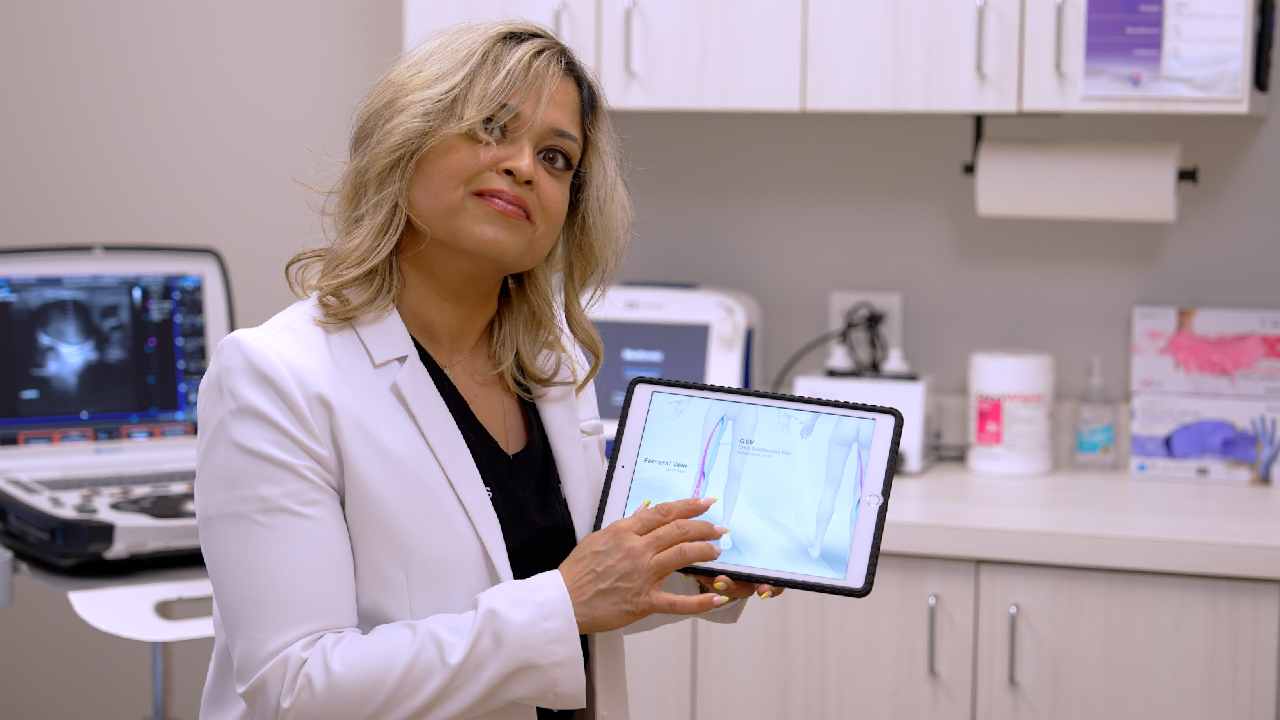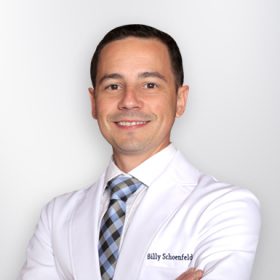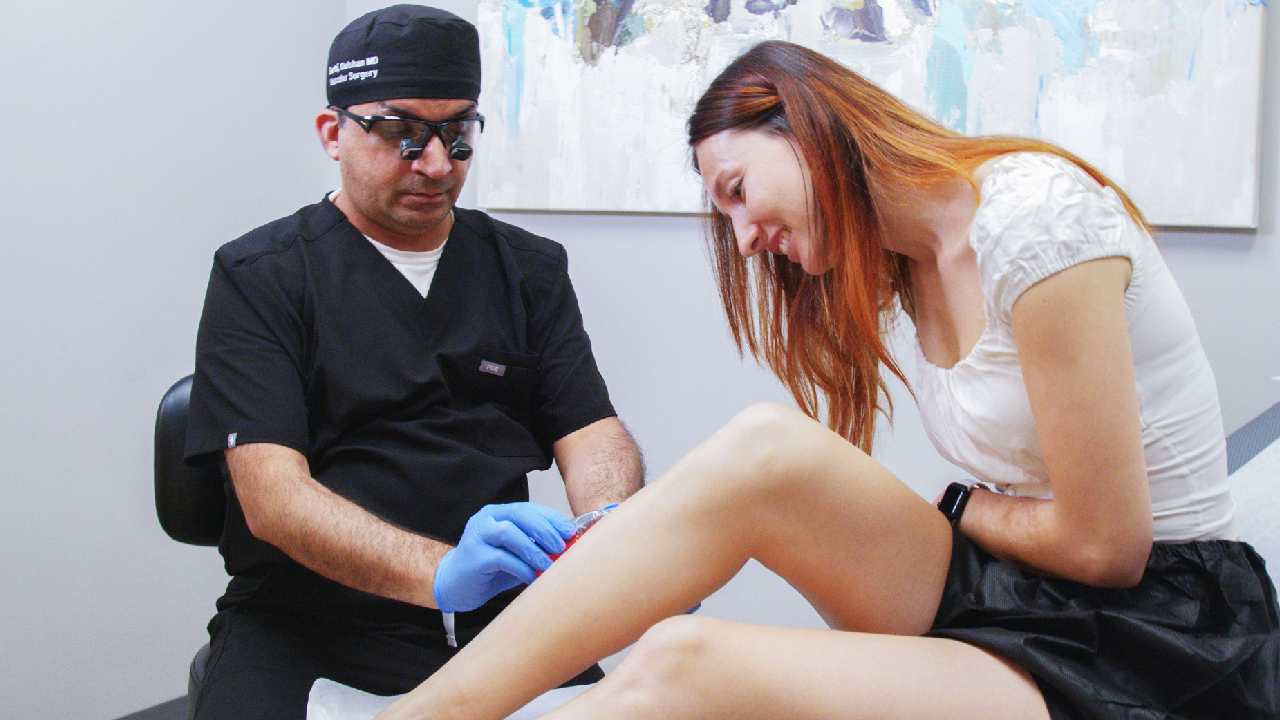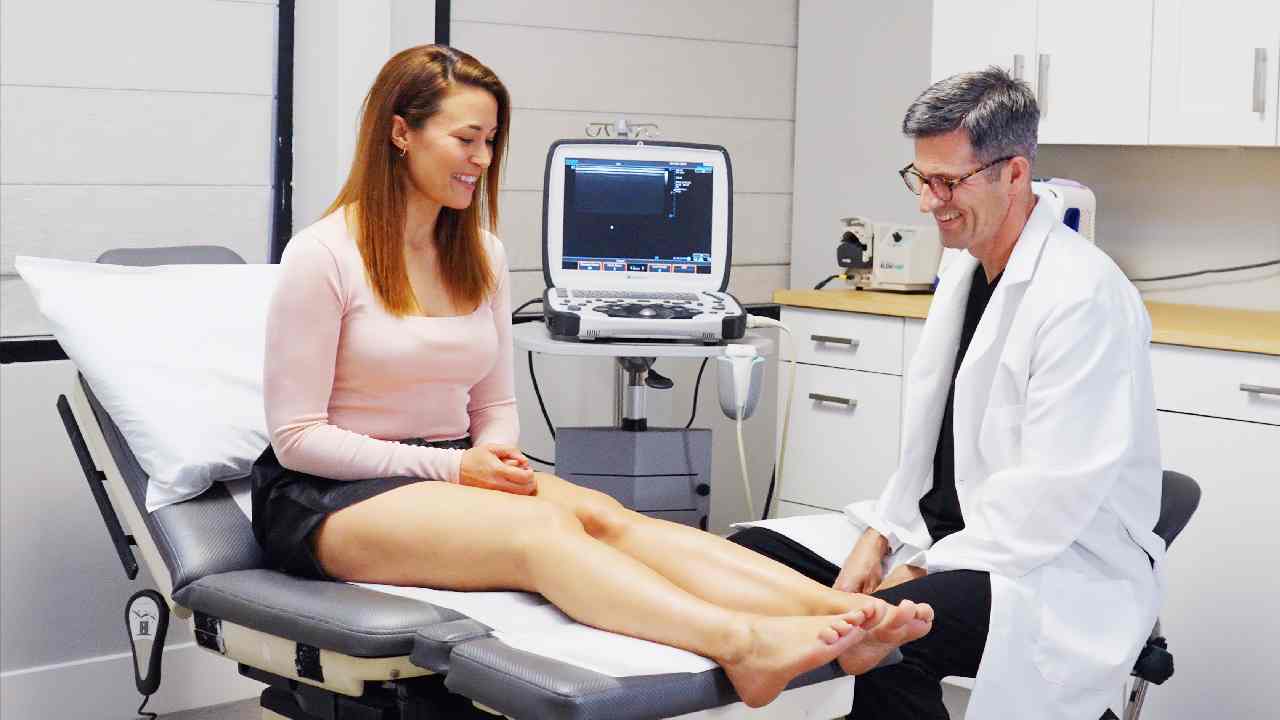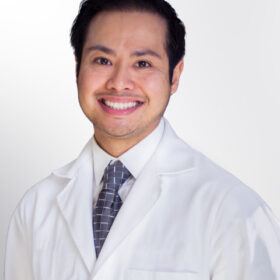
Do Varicose Veins Go Away on Their Own? What You Should Know
Have you ever noticed bulging, dark veins on your legs that seem to twist and turn unnaturally? You may have tried to ignore them, but the discomfort and visibility continue to worsen. Perhaps your legs feel heavy, achy, or swollen, especially after long periods of standing. If you’ve been wondering whether varicose veins will go away on their own, you’re not alone. It’s a common concern for those suffering from this condition, and it can be frustrating when symptoms persist or even get worse with time.
The good news is that you don’t have to suffer in silence. At Vein Treatment Clinic, we specialize in treating varicose veins using minimally invasive treatments that can relieve both the symptoms and appearance of varicose veins. Whether you are dealing with the early stages or more advanced cases, we are here to help. Read on to learn more about varicose veins, their progression, and the most effective varicose vein treatments available.
Are you interested in getting more information about your condition or getting a treatment?
Fill the form below to start!
Do Varicose Veins Go Away with Time?
Varicose veins don’t typically go away on their own, and in fact, they tend to worsen over time if left untreated. Varicose veins are often caused by a condition known as venous insufficiency, where the veins in your legs become weak, causing blood to pool rather than flow upwards toward the heart. This is a long-term condition that won’t resolve without intervention.
When the one-way valves in your veins become damaged or weakened, blood can flow backward, leading to the bulging, twisted veins that are characteristic of varicose veins. Over time, the pressure from the pooled blood stretches and enlarges the veins, making them more visible and uncomfortable. Without treatment, varicose veins can cause a variety of symptoms, including pain, swelling, and skin changes, and can even lead to more severe complications.
What Happens if Varicose Veins Are Left Untreated?
Varicose veins are not just a cosmetic issue; if left untreated, they can lead to a range of health problems. Addressing the problem of venous insufficiency and preventing serious complications from developing is essential. These are some of the possible long-term consequences of untreated varicose veins.
1. Chronic Pain and Discomfort
One of the most common consequences of untreated varicose veins is chronic pain. As blood pools in your veins, you may start to experience aching, heaviness, or a burning sensation in your legs. These symptoms often worsen after prolonged periods of standing or sitting, and you may find it difficult to engage in physical activities, which can impact your quality of life.
2. Swelling and Inflammation
Swelling in the legs is another frequent issue associated with untreated varicose veins. Poor circulation caused by venous insufficiency leads to fluid buildup in the legs, which can make them feel swollen, heavy, and uncomfortable. Swelling may also extend to the ankles and feet, making it hard to wear shoes or engage in daily activities without discomfort.
3. Skin Changes and Ulcers
If varicose veins are left untreated for extended periods, they can lead to changes in the skin around the affected area. The skin may become discolored, and you may notice a reddish-brown pigmentation. In severe cases, the skin can become thin and brittle, increasing the risk of developing painful ulcers. These leg ulcers can be slow to heal and may become infected.
4. Blood Clots
Varicose veins can also increase the risk of developing blood clots, particularly in the deep veins of the legs. This condition, known as deep vein thrombosis (DVT), occurs when a clot forms in a vein and restricts blood flow. If a clot breaks free and travels to the lungs, it can lead to a pulmonary embolism, a life-threatening condition. While not all varicose veins lead to DVT, untreated veins are certainly more likely to cause clot formation.
5. Increased Risk of Bleeding
In some cases, varicose veins can become so enlarged that they rupture, leading to sudden bleeding. The veins are fragile, and the pressure from the pooled blood can cause them to burst with little warning. While this bleeding is usually not life-threatening, it can be alarming and requires immediate medical attention to stop the bleeding and prevent further complications.
What Are the Most Effective Varicose Vein Treatments?
The only way to treat varicose veins effectively is to address both the underlying cause—chronic venous insufficiency—and the visible varicose veins themselves. At Vein Treatment Clinic, we offer a variety of minimally invasive varicose vein treatments that can help alleviate symptoms and improve the appearance of your veins. These treatments are non-invasive and effective, involve minimal recovery time, and ensure long-lasting results.
Here are some of the most effective varicose vein treatments we offer:
- Escleroterapia: This treatment involves injecting a solution directly into the varicose veins, causing them to collapse and fade from view. The solution irritates the vein walls, leading to scarring and eventual closure of the vein. Sclerotherapy is effective for smaller varicose and spider veins and is often combined with other treatments for comprehensive vein care.
- Endovenous Laser Ablation (EVLA): EVLA uses laser energy to heat and close off problematic veins. The procedure is performed under local anesthesia, and the laser is guided to the vein through a small catheter. Once the vein is closed, blood is rerouted to healthier veins, improving circulation and reducing symptoms.
- Radiofrequency Ablation (RFA): Similar to EVLA, RFA uses heat to close off the affected veins, but it uses radiofrequency energy rather than laser energy. This treatment is also performed under local anesthesia, offering benefits similar to those of EVLA. RFA is often recommended for patients with larger varicose veins.
- VenaSeal: VenaSeal is a newer treatment that uses a medical adhesive to seal the problematic vein. This procedure is minimally invasive and requires no incisions, just a small catheter that delivers the adhesive directly to the vein. Once the vein is sealed, blood is rerouted through healthier veins, and the vein gradually fades away.
- ClariVein: ClariVein is a hybrid treatment that combines mechanical and chemical methods to treat varicose veins. A catheter is inserted into the vein, and a rotating wire is used to break apart the vein walls while a solution is injected to close off the vein. This treatment is particularly effective for veins that are difficult to treat with other methods.
- Flebectomía ambulatoria: This procedure involves removing varicose veins through tiny incisions in the skin. It is typically used for larger varicose veins that are visible and prominent. Ambulatory phlebectomy can be done under local anesthesia and is often used in combination with other treatments for comprehensive vein care.
Most of these varicose vein treatments are covered by medical insurance and are available at Vein Treatment Clinic’s locations across New York, Long Island, California, New Jersey, and Maryland. Our vein treatment clinics are led by board-certified vein doctors who diagnose and treat the root cause of your vein problems using minimally invasive vein treatments. Contact us to schedule your consultation and visit your nearest vein treatment clinic today.
FEATURED POSTS BY VEIN DOCTORS









